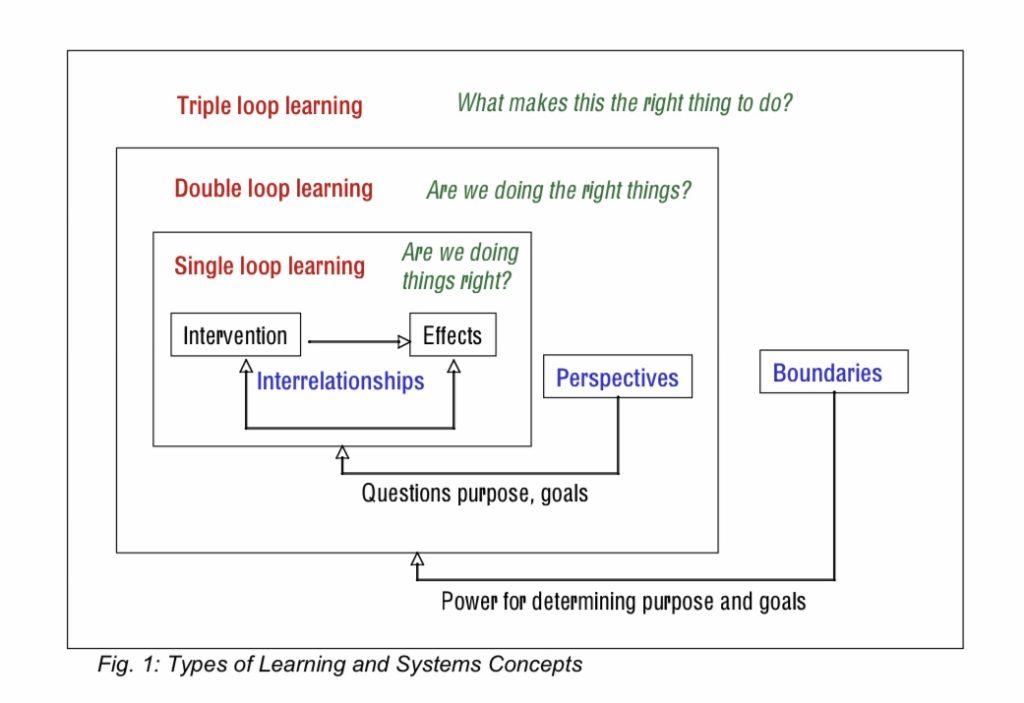
The teaching observation experience was an incredibly practical and useful part of the PgCert TPP Unit. I had two people observing my teaching and got different yet very insightful feedback from both of them. I have observed one of my peers and again it was a completely different experience when I was in a position to see and evaluate someone’s work. How to evaluate someone’s teaching? (especially if we are not familiar with the subject matter.) After reading Systems thinking, learning and values in evaluation by Richard Hummelbrunner and Martin Reynolds, I have realised that the most important part of someone’s teaching practice is the value of learned content. Learning and values are connected with the three systems concepts in this article. The authors are suggesting that the "situation" can be evaluated by applying the three core system concepts - interrelationships, perspectives, and boundaries - to determine the type of learning it will generate, primarily to make explicit its value base. In order to examine implications for learning, they use a model widely used in the Organizational Development literature, developed by Gregory Bateson (1972) and Chris Argyris and Donald Schön (1978), associating each of the three systems concepts with a specific learning loop: Single loop learning (Learning to adapt), Double loop learning (Learning to change), and Triple loop learning (Learning to learn). They believe that learning at each of these levels addresses different questions, but the progression from single to double to triple loops will lead to deeper and more sustainable knowledge. Although this framework is still tentative and provisional, and some of its connections and implications warrant further exploration, it is an interesting concept to consider when identifying the appropriate value base to improve the relevance, validity, and credibility of evaluations. References: Hummelbrunner, R. and Reynolds, M. (2013). Systems thinking, learning and values in evaluation. Evaluation Connections: The European Evaluation Society Newsletter, June 2013, pp.9-10.